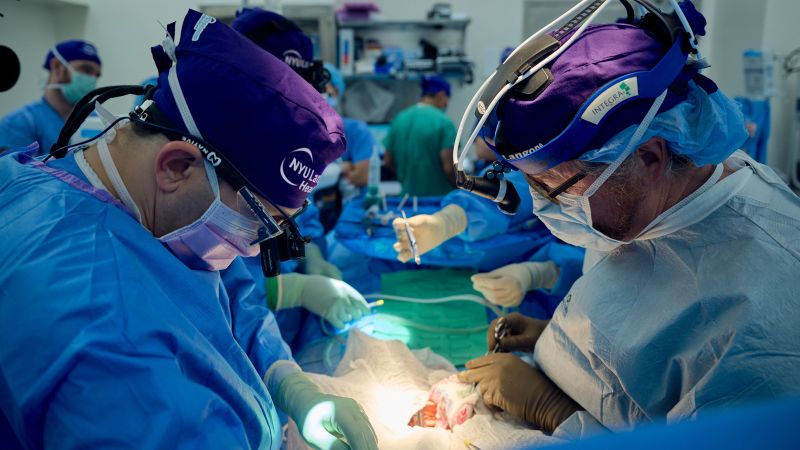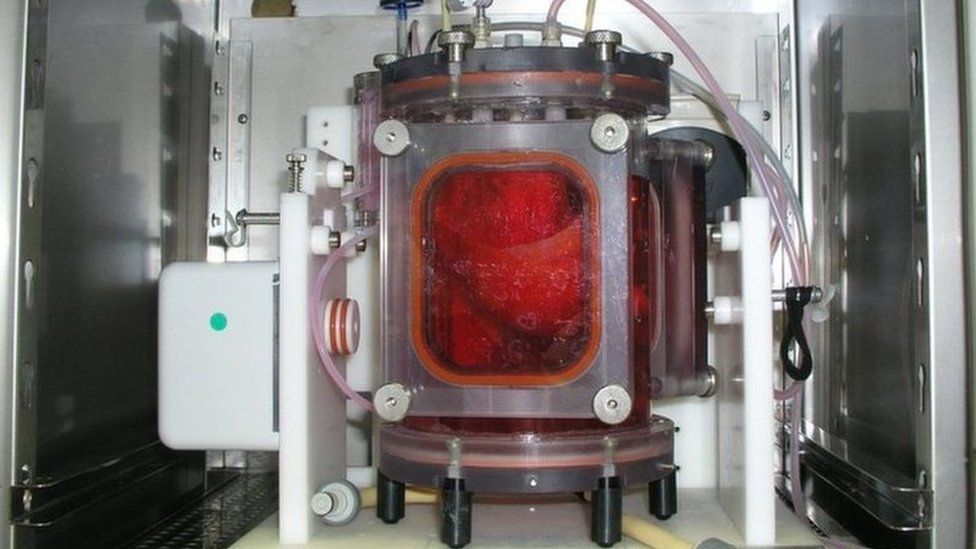China Pig Lung Transplant Sets Global Medical Milestone
China pig lung research has taken a giant leap forward after scientists successfully transplanted a gene-edited pig lung into a human body, marking a world first. The achievement, announced by a research team at the First Affiliated Hospital of Guangzhou Medical University, could open the door to solving one of the most pressing problems in healthcare: the shortage of donor organs.
The case study, published in Nature Medicine, described how doctors transplanted the left lung of a specially bred pig into a brain-dead patient. The procedure simulated a clinical single-lung transplant, allowing researchers to closely monitor how the organ functioned inside the human body.
How the China Pig Lung Transplant Was Performed
The donor pig was a Bama miniature pig whose genome had been modified in six specific ways. These edits were carefully designed to reduce the likelihood of immune rejection, a major obstacle in xenotransplantation (the use of animal organs in humans).

After surgery, doctors observed the pig lung’s ability to ventilate and exchange gases just like a human lung. For nine days, the organ functioned without showing signs of hyperacute rejection or infection. The recipient, who had been declared brain-dead due to severe injury, was included in the study with full family consent. The trial was concluded on the ninth day at the family’s request.
Professor He Jianxing, who led the project, explained that this was a key step in lung xenotransplantation, an area of research considered more complex than kidney or heart transplants because of the lung’s fragile structure and constant exposure to air.
China Pig Lung Research and Tubeless Technology
One of the unique aspects of this study was the use of an independently developed “tubeless” ventilation technique. In conventional lung transplants, patients rely on mechanical ventilation, which can stress the new lung. The Chinese team’s technology aims to reduce this risk, improving the chances of long-term survival for future transplant recipients.
The researchers emphasized that the study followed strict ethical guidelines and was approved by multiple review boards. By using a brain-dead patient, they were able to observe real human compatibility while avoiding risks to a living person.
Why the China Pig Lung Transplant Matters Globally
The success of this experiment is being hailed as a pioneering moment in medical history. Worldwide, thousands of patients die each year while waiting for organ donations, and lungs are among the hardest organs to match. The ability to use genetically modified pigs as donors could ease this shortage and give hope to people suffering from end-stage lung disease.

China has already been at the forefront of xenotransplantation research. In 2023, Chinese scientists also performed the world’s first gene-edited pig liver transplant into a living patient, showing consistent progress in the field. With this new lung achievement, China is strengthening its role as a leader in next-generation medical solutions.
The Road Ahead for China Pig Lung Trials
Although the results are groundbreaking, experts note that many hurdles remain. Long-term survival of pig organs in humans still requires further optimization in both genetic editing and anti-rejection treatments. The Guangzhou team plans to refine these methods and conduct additional studies before moving to clinical trials with living patients. Also Read: BTS Kim Taehyung Shines Bright: 5 Powerful Updates Winning Fans’ Hearts
Nevertheless, this achievement offers a glimpse into a future where xenotransplantation could become a practical solution to organ shortages. As the technology advances, patients around the world may soon benefit from life-saving surgeries once considered impossible.
Conclusion
The China pig lung transplant marks a historic breakthrough in global medicine. While more research is needed, this first step shows enormous potential to reshape the future of organ transplantation and provide new hope for patients worldwide.

